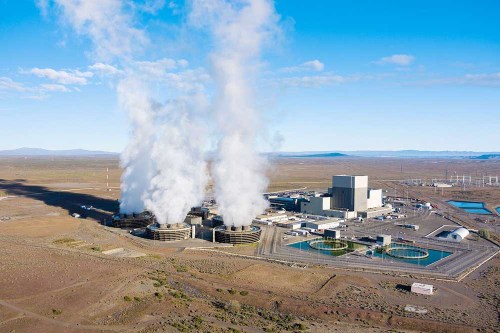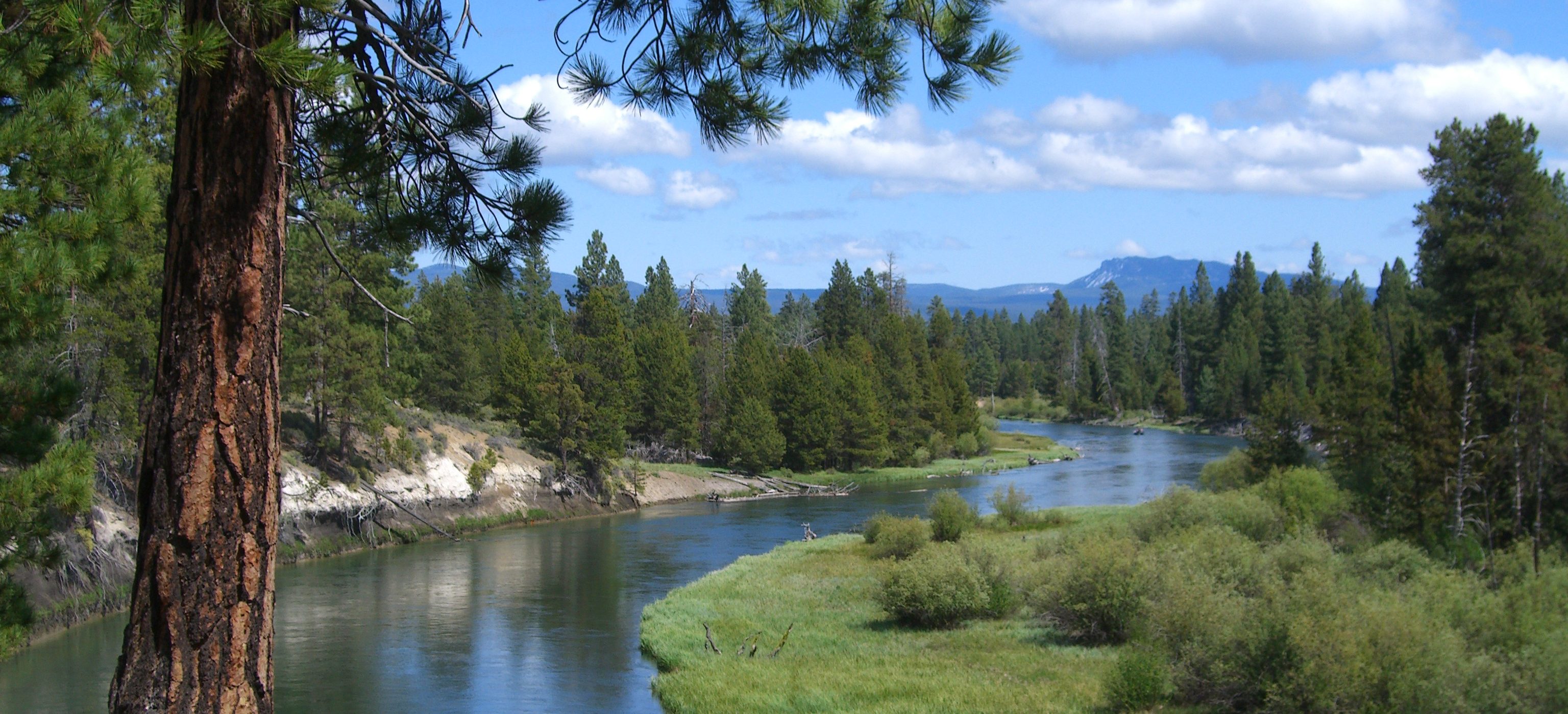Speakers: Nuclear power a ‘perfect’ fit for nation’s needs
Published 8:00 am Wednesday, June 8, 2022

- The Columbia Generating Station, operated by Energy Northwest near Richland, Washington, produces 1,207 megawatts of power and is the third largest electricity generator in Washington state behind the Grand Coulee and Chief Joseph dams. Nuclear power plants produce electricity without releasing any carbon dioxide or other greenhouse gases into the atmosphere, proponents say.
PASCO — Nuclear energy fits the bill “perfectly” for the nation’s future energy needs, speakers told lawmakers and agricultural stakeholders.
“If we make the right choices today, 30 years from now, we’ll have just one question: Why didn’t we do it sooner?” said Maria Korsnick, president and CEO of the Nuclear Energy Institute in Washington, D.C.
Trending
Pacific Northwest consumers would save money by including nuclear energy in the mix of electricity generation, Korsnick said, citing a study from Energy Northwest, a public power agency based in Richland, Washington.
Energy Northwest CEO Bob Schuetz said the region’s hydroelectric system is unlikely to expand. He pointed to “never-ending” attempts to breach dams and the challenges of maintaining reliability in the face of increasing electrical demand.
“We can have a decarbonized electrical system, we can support the load growth necessary … and we can do it without compromising a reliable and resilient electric grid,” Schuetz said. “But we can’t wait until the last minute to create the infrastructure necessary to do this.”
Schuetz pointed to enthusiasm across the country to “overbuild” renewable energy resources, such as wind and solar. Limitations include intermittent power, relatively short lifetimes and the large amount of land required.
“If your actual goal is 100% carbon-free, you simply cannot do it on renewables, no matter how much you’re willing to invest,” Schuetz said.
The speakers addressed lawmakers June 2 in Pasco as part of the Congressional Western Caucus at the Pacific Northwest National Laboratory.
Trending
Thirty years from now, Korsnick predicted, there will be hundreds of new nuclear reactors — from large models to handle gigawatt sizes, to small modular reactors, to micro reactors.
Current reactors also must remain online as long as possible, Korsnick said, calling them “carbon-free powerhouses,” producing 20% of the electric supply in the U.S., and more than 50% of the carbon-free electricity.
The new reactors would serve remote areas, operating 10 to 15 years without needing refueling, Korsnick said.
“That’s really attractive if you’re in the middle of nowhere, and we have a lot of middle of nowheres, like in Alaska and places in Canada,” she said.
More than 60 different nuclear technologies are in development, with several to be constructed before 2030, she said.
In Wyoming, a next-generation reactor will be built on the site of a retired coal plant.
“We can repurpose the talent in these coal sites and gas plants, when those plants are ready to shut down,” Korsnick said. “In nuclear power, we just boil water a little bit differently — once we turn that water into steam, the rest of the plant looks very much like a coal or gas plant does today.”
Some reactors will produce steam, which also can be used in the manufacturing sector, or to produce hydrogen, or have the option to switch between steam and hydrogen production.
Chief nuclear officers at member utilities told the institute they’ll need 90 gigawatts of new nuclear power, which would double the amount of energy available from nuclear today, Korsnick said. That will require 300 small modular reactors and make nuclear the largest source of power.
The Infrastructure Bill included investments of $8.5 billion in nuclear power, Korsnick said. There also is wide support on the state level.
“If five years ago, I would have told you we had 10 bills going through state legislatures that had anything to do with nuclear, it would have been a big deal,” Korsnick said. “Today, there are more than 100 bills supporting nuclear working their way through state legislatures.”









